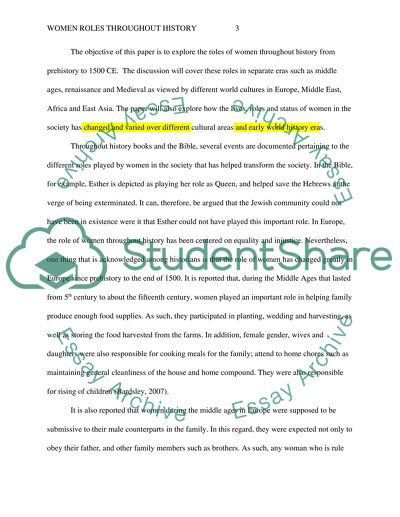Cite this document
(“Women Roles Throughout History Research Paper Example | Topics and Well Written Essays - 2500 words”, n.d.)
Retrieved from https://studentshare.org/history/1401466-women-roles-throughout-history
Retrieved from https://studentshare.org/history/1401466-women-roles-throughout-history
(Women Roles Throughout History Research Paper Example | Topics and Well Written Essays - 2500 Words)
https://studentshare.org/history/1401466-women-roles-throughout-history.
https://studentshare.org/history/1401466-women-roles-throughout-history.
“Women Roles Throughout History Research Paper Example | Topics and Well Written Essays - 2500 Words”, n.d. https://studentshare.org/history/1401466-women-roles-throughout-history.


